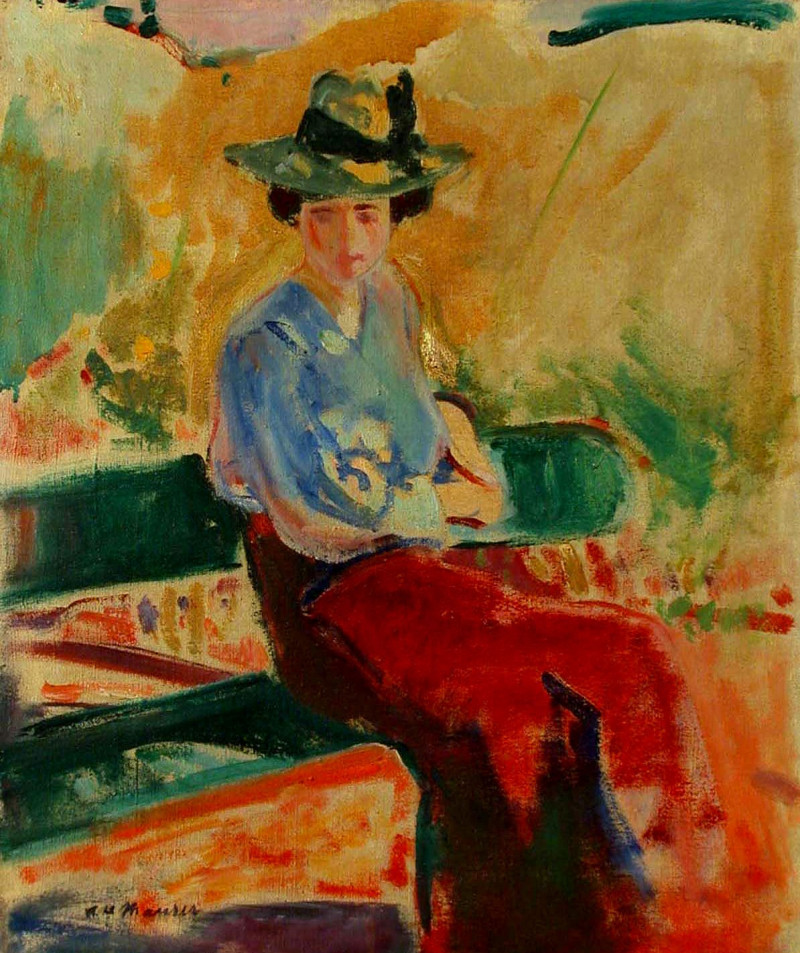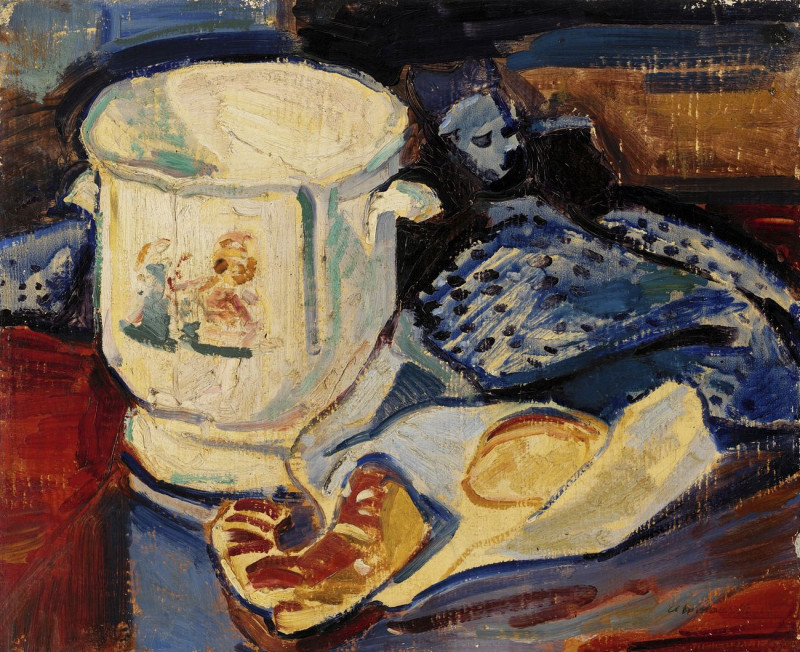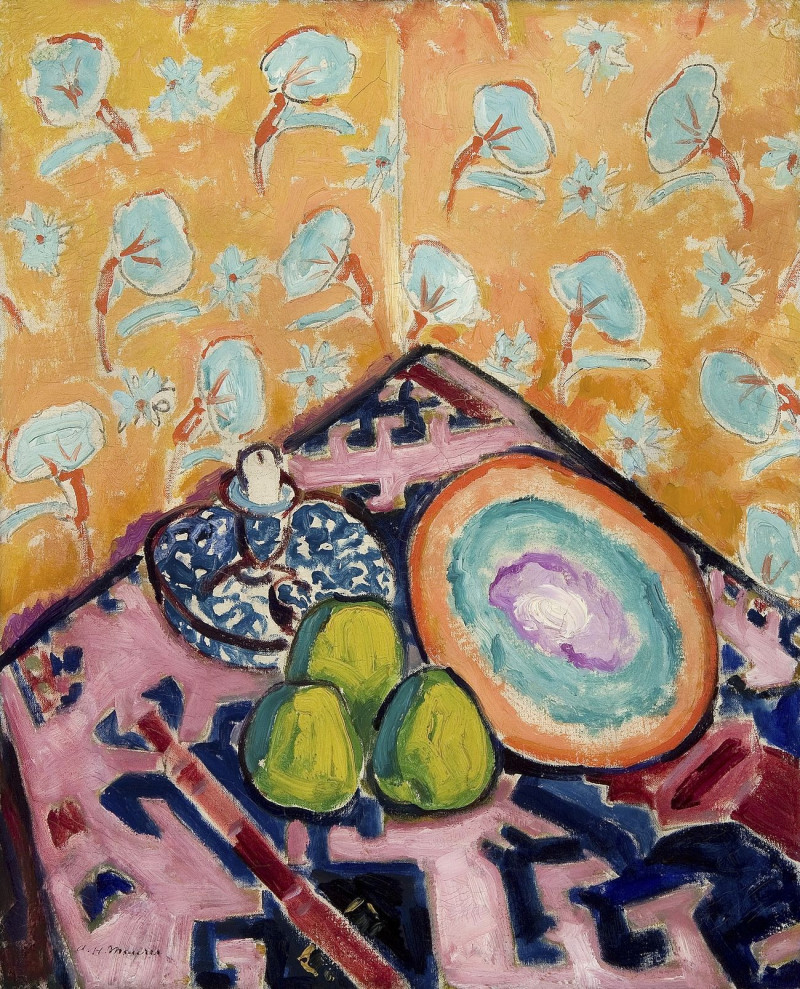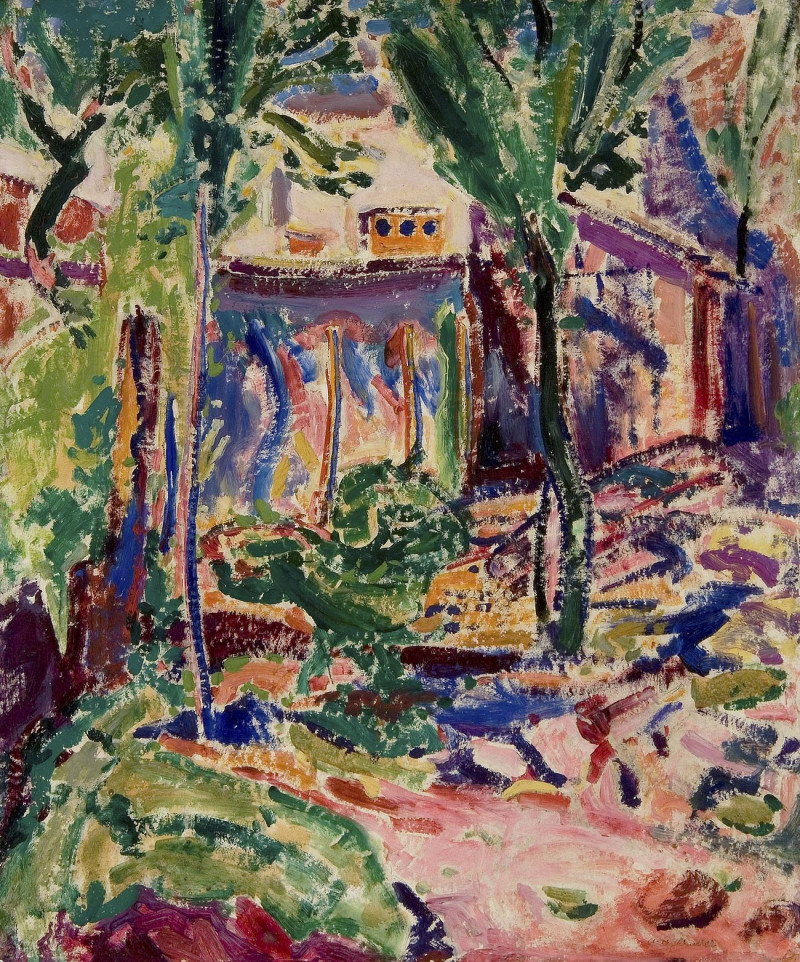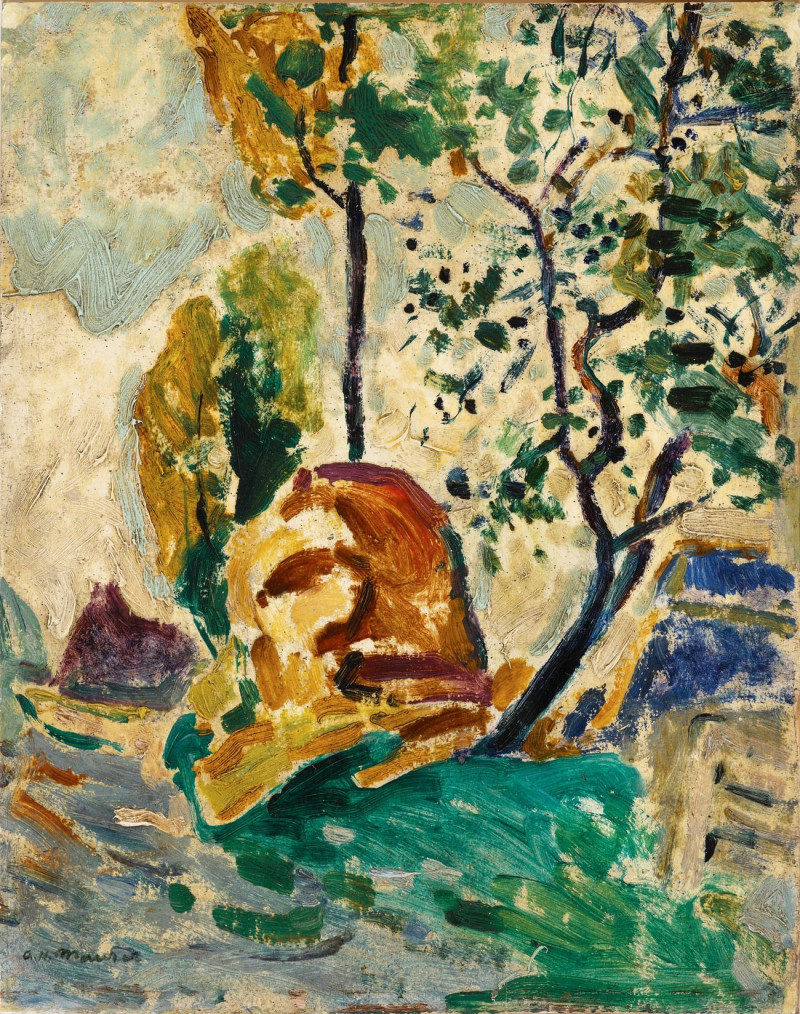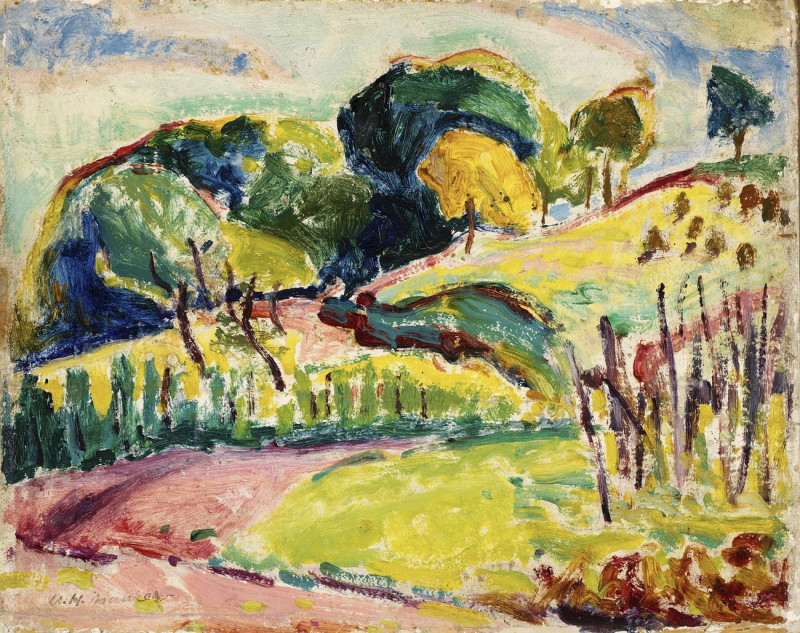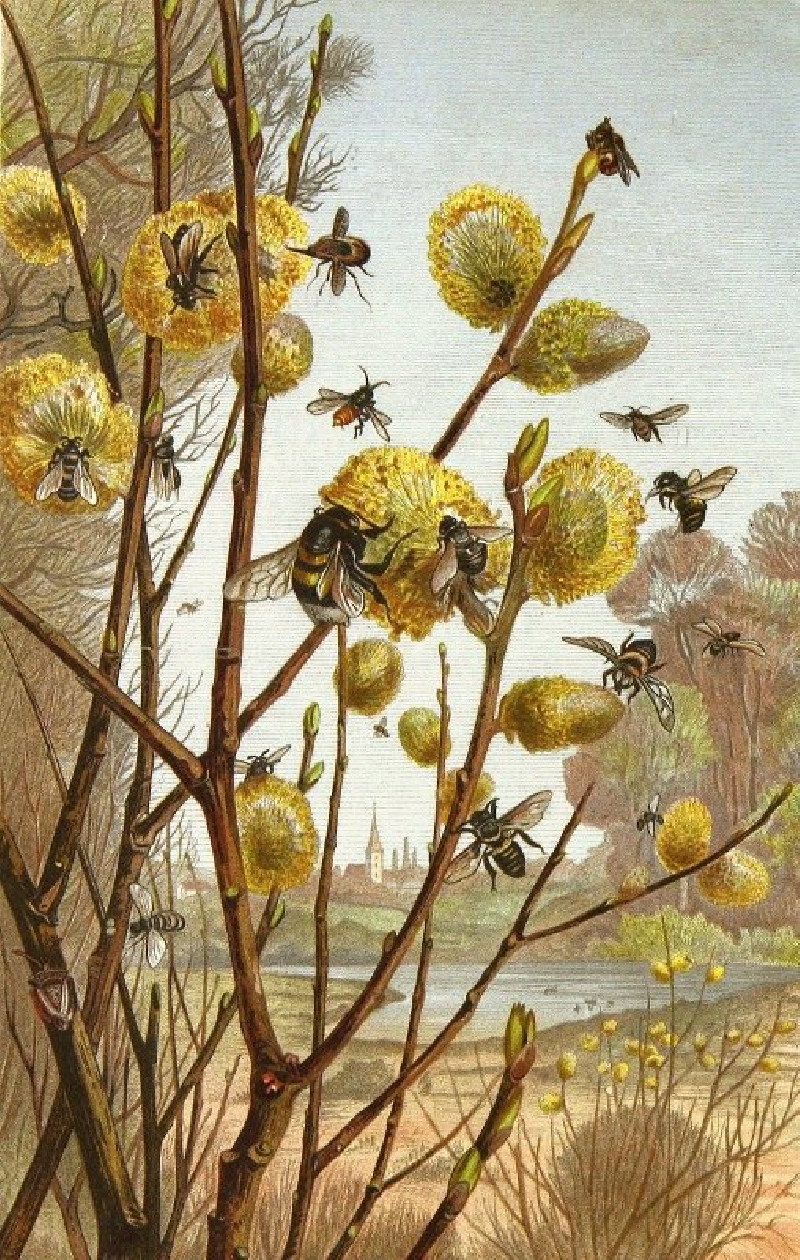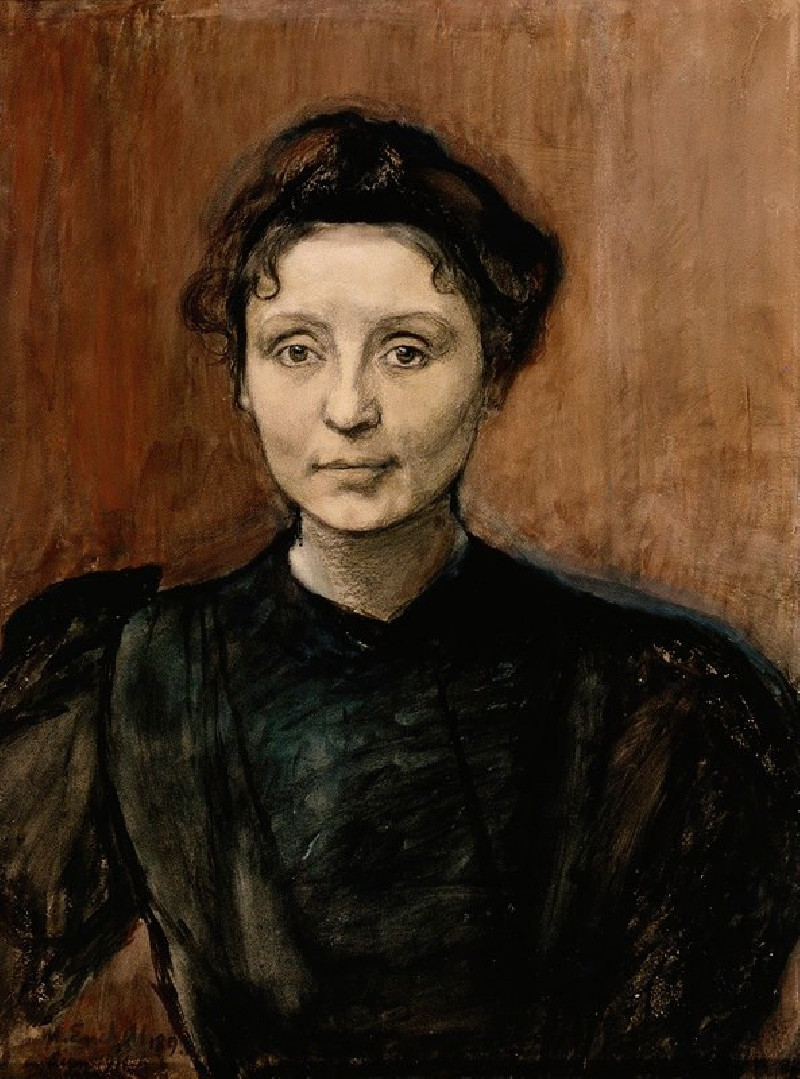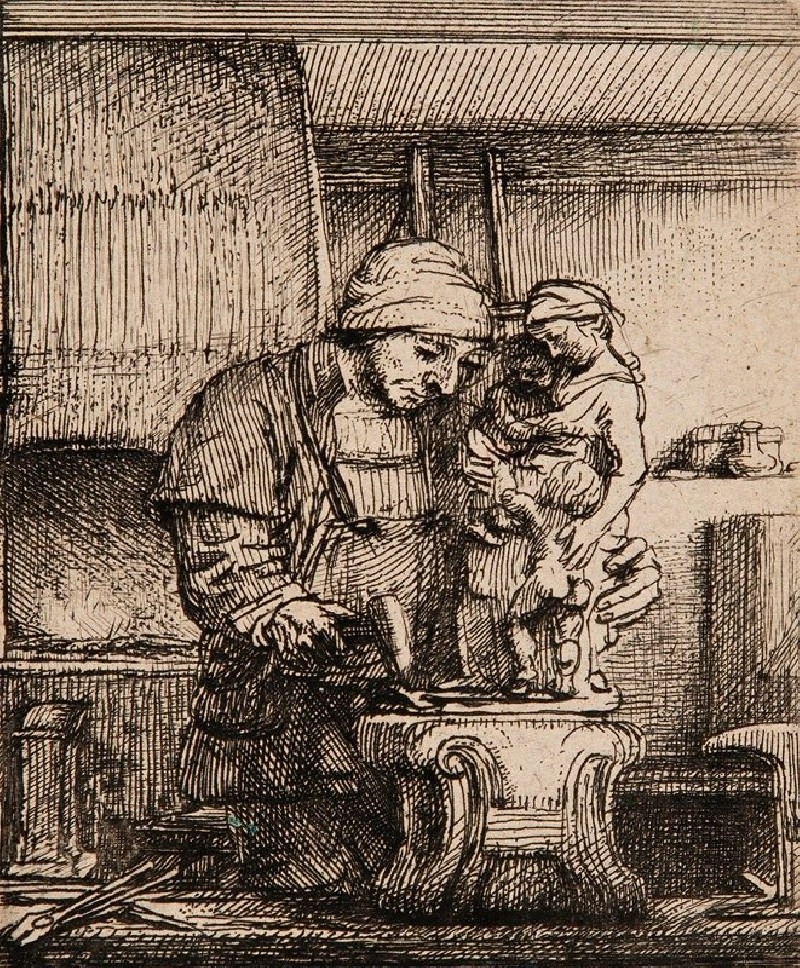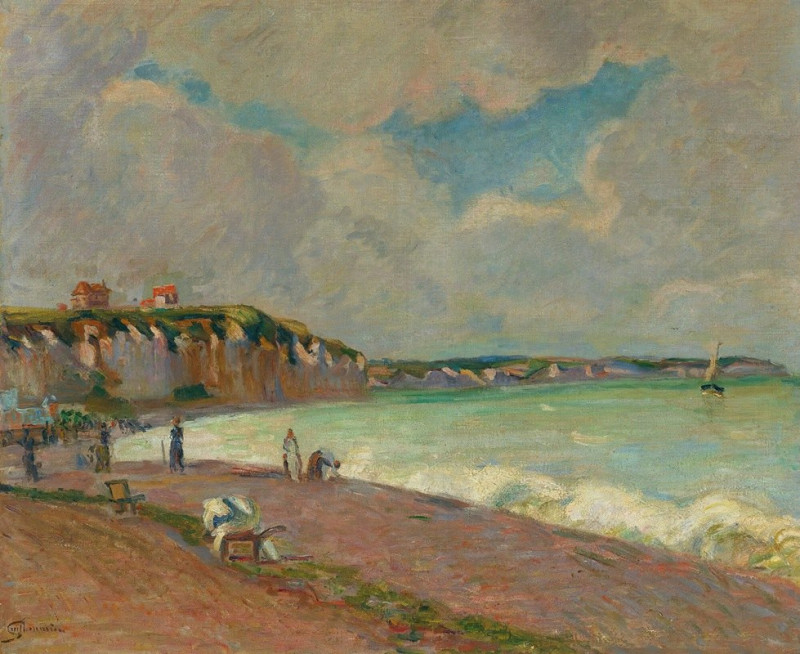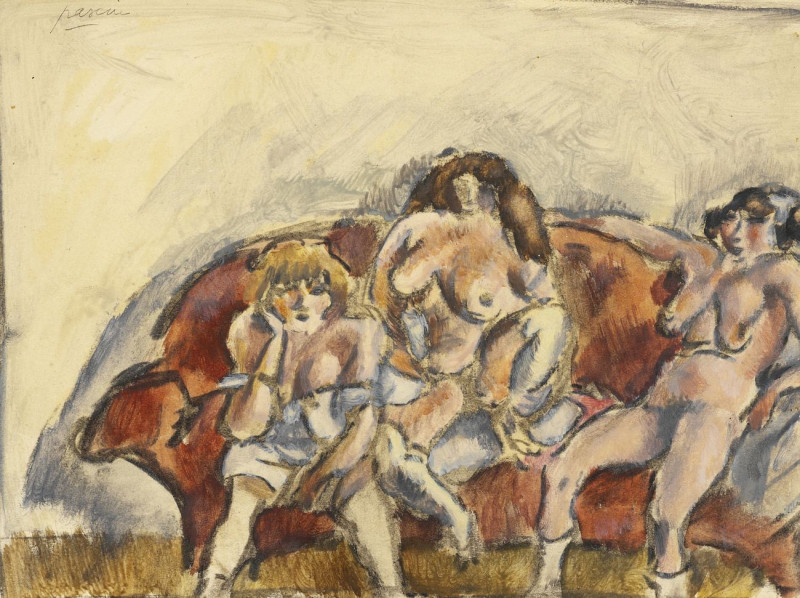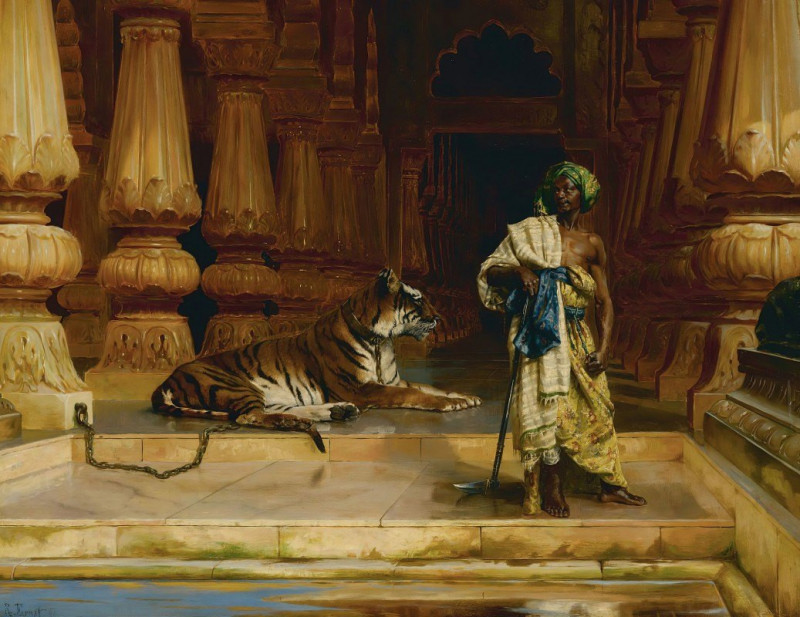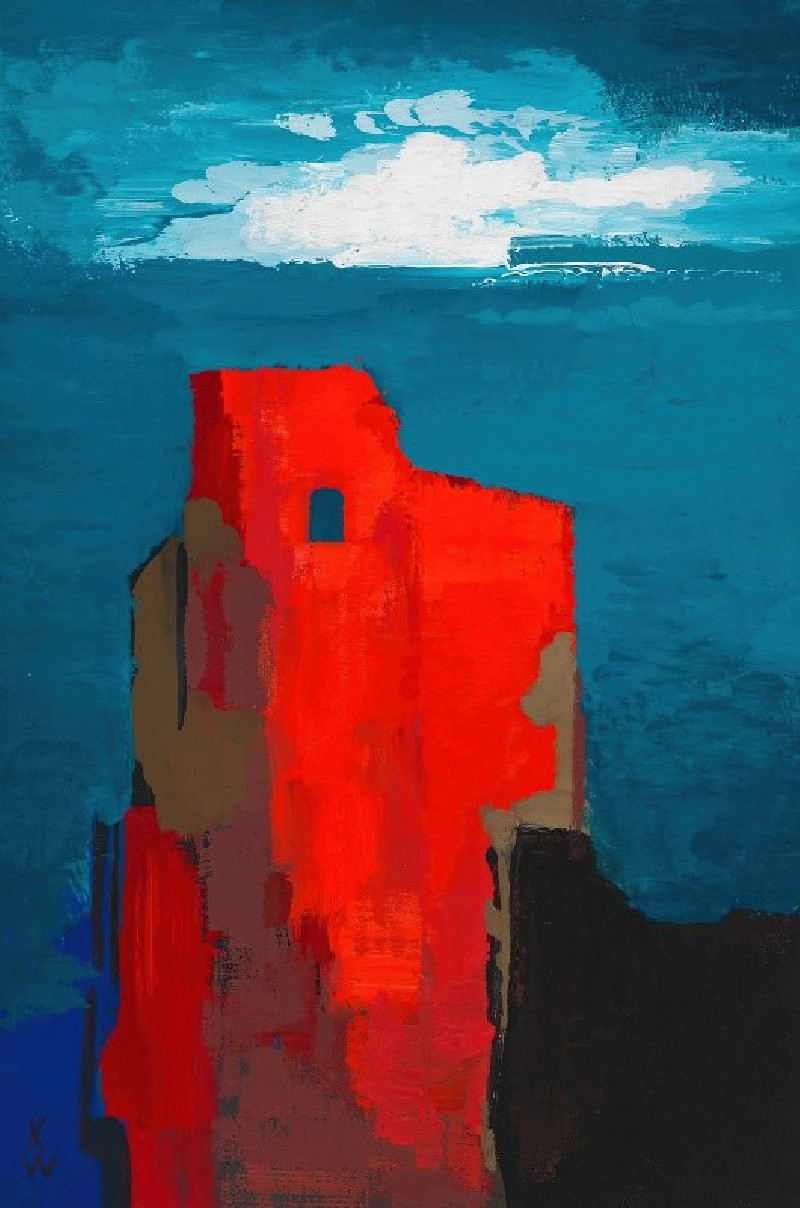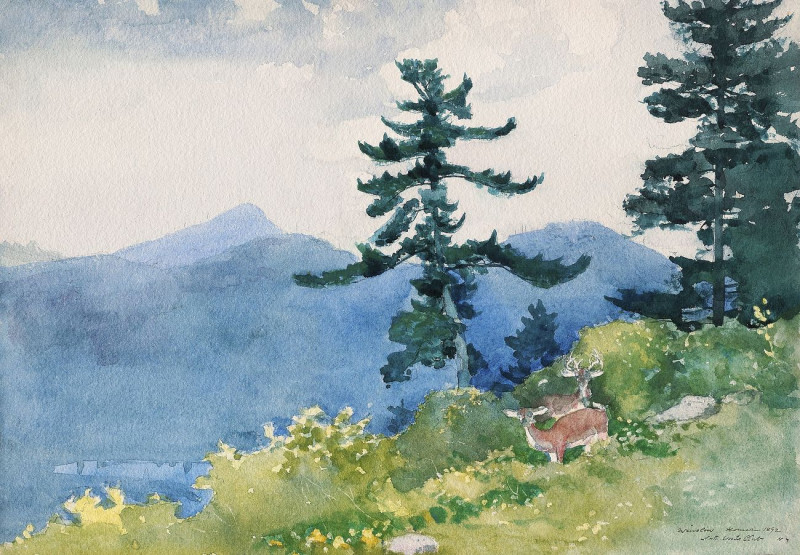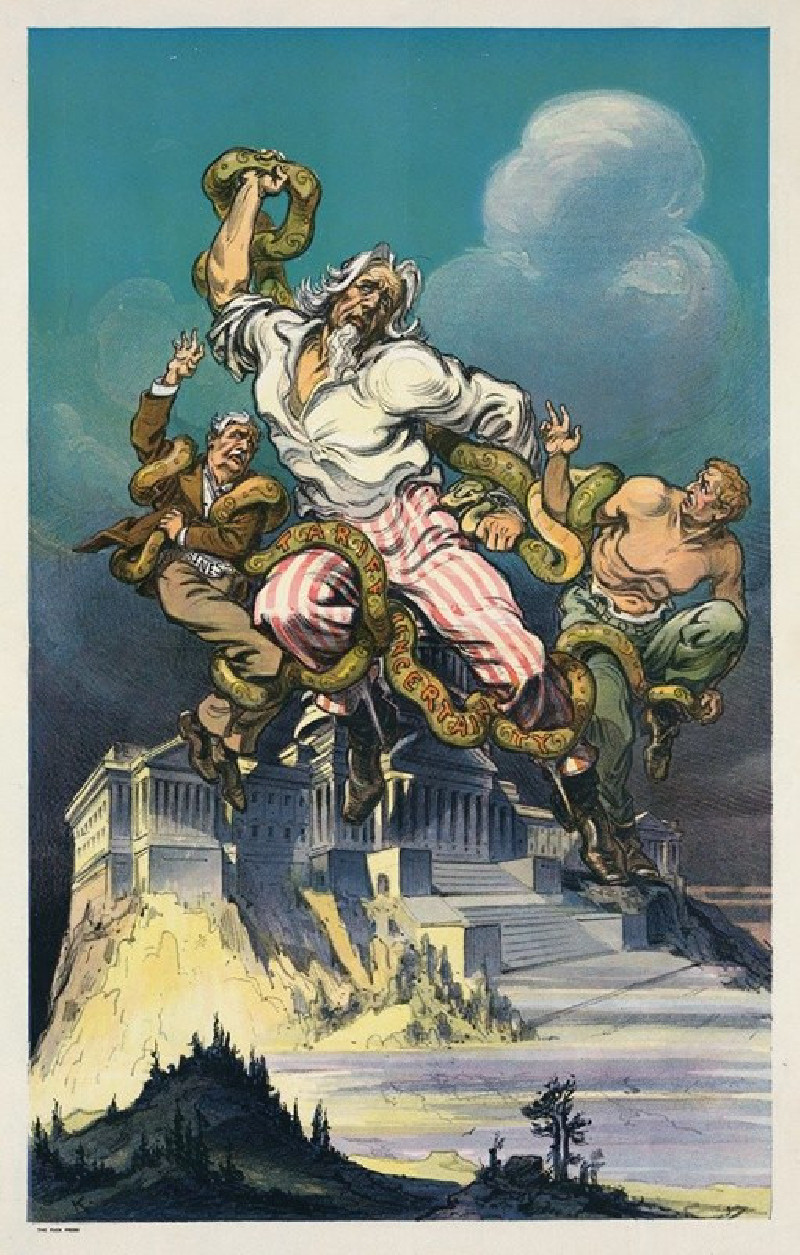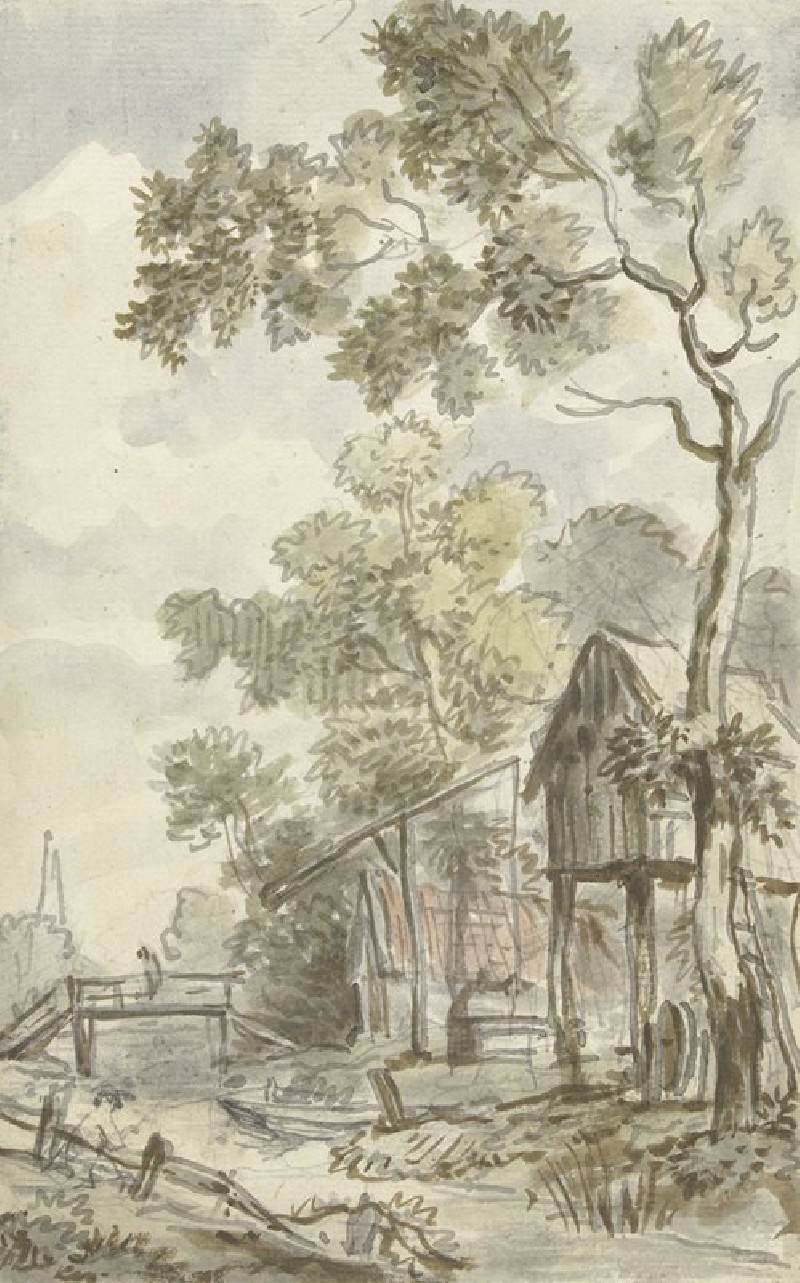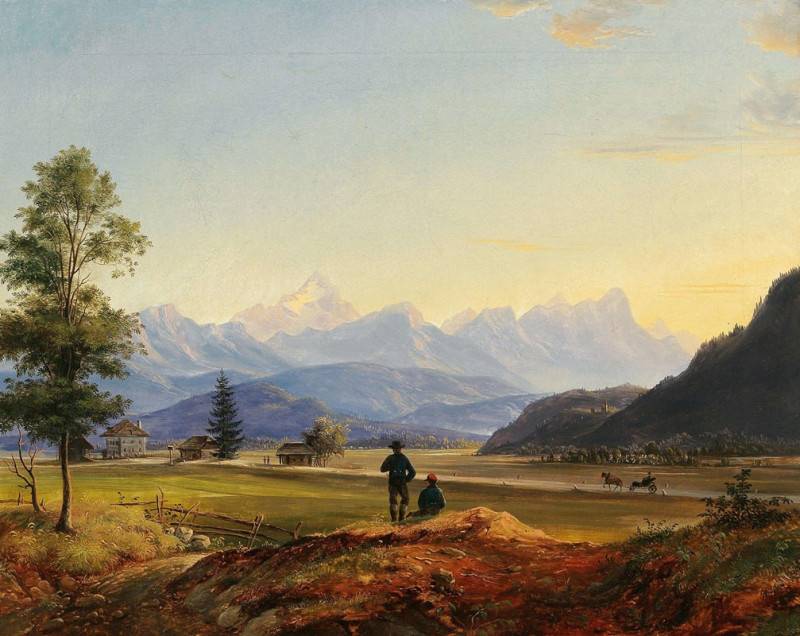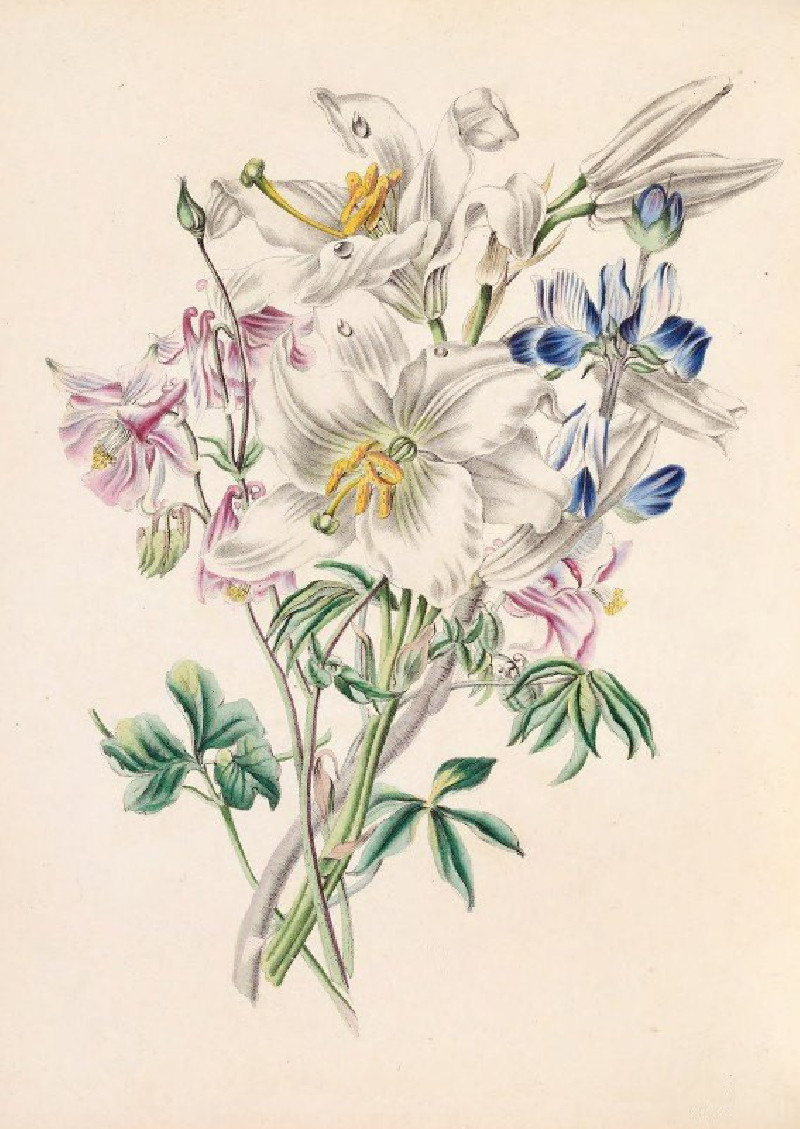Figure On Bench
More about this artwork
Delivery
Reproductions are made to order and take 5 to 7 working days.
We send them out by courier and delivery takes another two working days.
If you need a reproduction sooner, please contact us - we can usually find a solution and produce it a little faster.
If you don't want to pay for postage, you can pick up your paintings at our galleries in Kaunas or Vilnius.
Returns
Yes, reproductions can be returned.
If you have any doubts more than 30 days after the date of purchase, please contact us - we will take the reproduction back for a refund or offer you a replacement!
We accept a maximum of two returns per customer - please note that we make reproductions to order, so please choose responsibly.
We do not refund shipping expenses.
Alfred Henry Maurer (1868-1932) was an American modernist painter from New York City famous for his avant-garde artworks. He developed his style from conventional painting to modern art after moving to Paris, France, in 1897. He was ahead of other artists in his time by experimenting with abstract painting, Cubism and Fauvism. During his lifetime, he gained an international reputation, won several awards both in America and Europe, and became the director of The Society of Independent Artists.

